Smoke is one of the most risky factors of fire to cause death. Researchers usually use smoke density to measure the smoke amount of material during the combustion. The more smoke burning materials released, the higher smoke density index of the materials are. It is also worse for people evacuation and fire extinguishing in the fire scene.
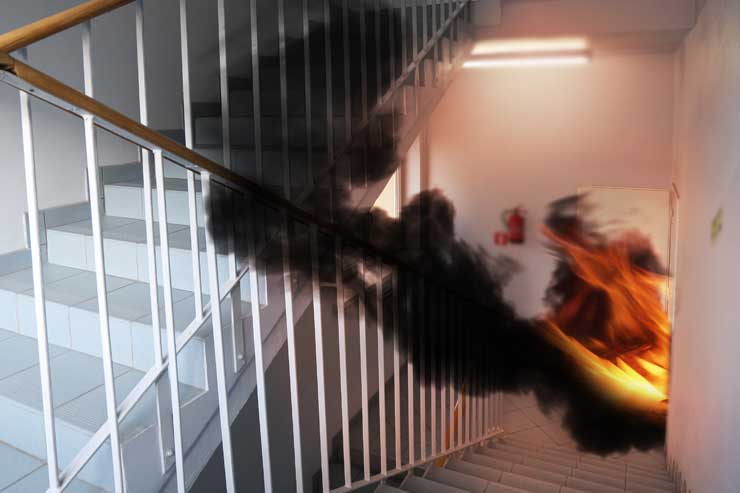 There are a large number of materials for buildings, trains, ships, or other fire safety engineering industries need to determine the specific optical density of smoke generated by these solid materials. The most widely used method to measure such performances is the single chamber test from ISO 5659-2 Plastics Smoke generation Part 2 Determination of optical density by a single-chamber test and ASTM E662 Standard test method for specific optical density of smoke generated by solid materials.
There are a large number of materials for buildings, trains, ships, or other fire safety engineering industries need to determine the specific optical density of smoke generated by these solid materials. The most widely used method to measure such performances is the single chamber test from ISO 5659-2 Plastics Smoke generation Part 2 Determination of optical density by a single-chamber test and ASTM E662 Standard test method for specific optical density of smoke generated by solid materials.
The tested specimen are mounted within a certain volume chamber and exposed to fire or specific thermal radiation. The smoke evolved is collected in the chamber or the attenuation of a light beam passing through the smoke is measured. The specific optical density and mass optical density or heat loss will be used to reflect the smoke density index.
The NBS smoke density chamber and photometric equipment are almost the same for ISO 5659-2 and ASTM E662. But they have many differences on heating, specimen holding, procedure, etc. You can find the detailed differences in the form below.
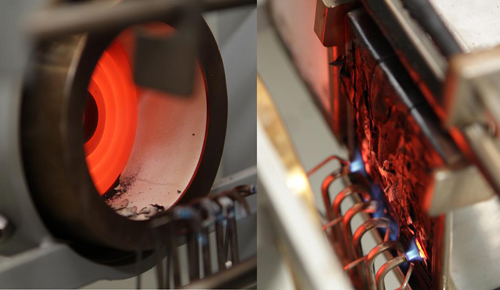
| Standard | ISO 5659-2 | ASTM E662 | |
| Radiator | Power | 2600W | – |
| Heat flux | 10kW/m2 to 50 kW/m2 | 25kW/m2 | |
| Measure position | 25mm under specimen | Φ38mm front of the specimen | |
| Measure area of radiator | Φ10mm | Φ38mm | |
| Distance from furnace | 25mm | 38mm | |
| Burner | Type | Single | Six |
| Flame height | (30±5)mm | Isometric small fires | |
| Distance to specimen | 10mm | (6.4±0.6)mm | |
| Specimen | Size | 59mm×59mm | 65mm×65mm |
| Thickness | Less than 25mm | Less than 25mm | |
| Orientation | Horizontal | Vertical | |
| Test procedure | Specimen process | 23±2℃, 50% to constant weight | 60±3℃ for 24h, then 23±2℃, 50% to constant weight |
| Modes | 25 kW/m2 without fire 25 kW/m2 with fire 50 kW/m2 without fire 50 kW/m2 with fire |
25 kW/m2 without fire 25 kW/m2 with fire |
|
| Time | 10min or minimum light transmittance value | Minimum light transmittance value or another 3min when no minimum light transmittance value after 20 min test | |






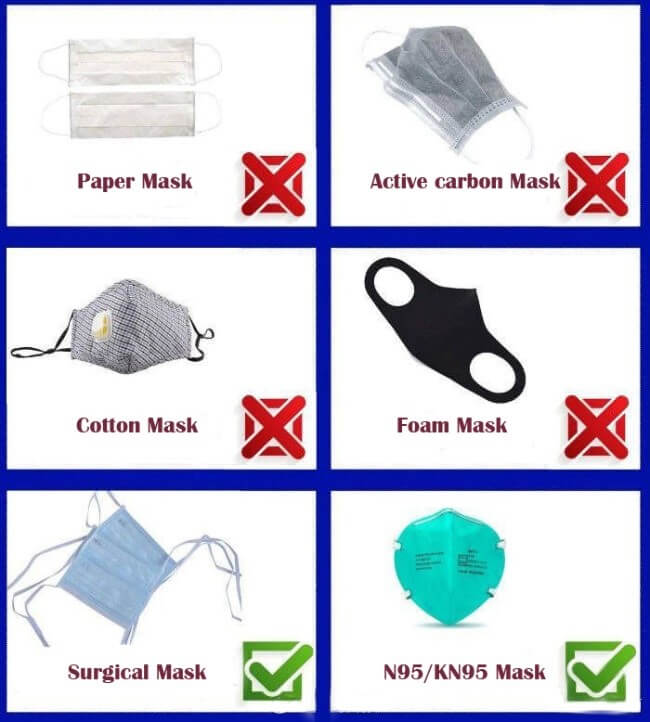
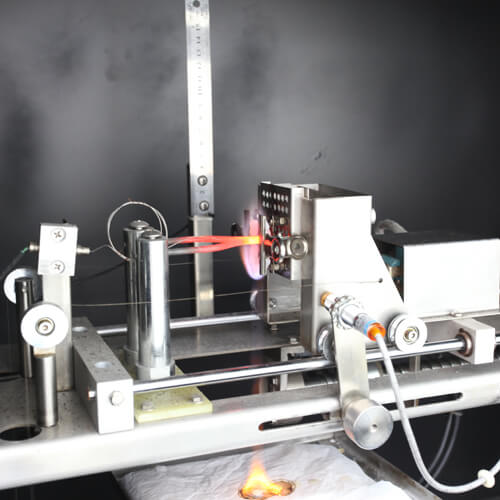
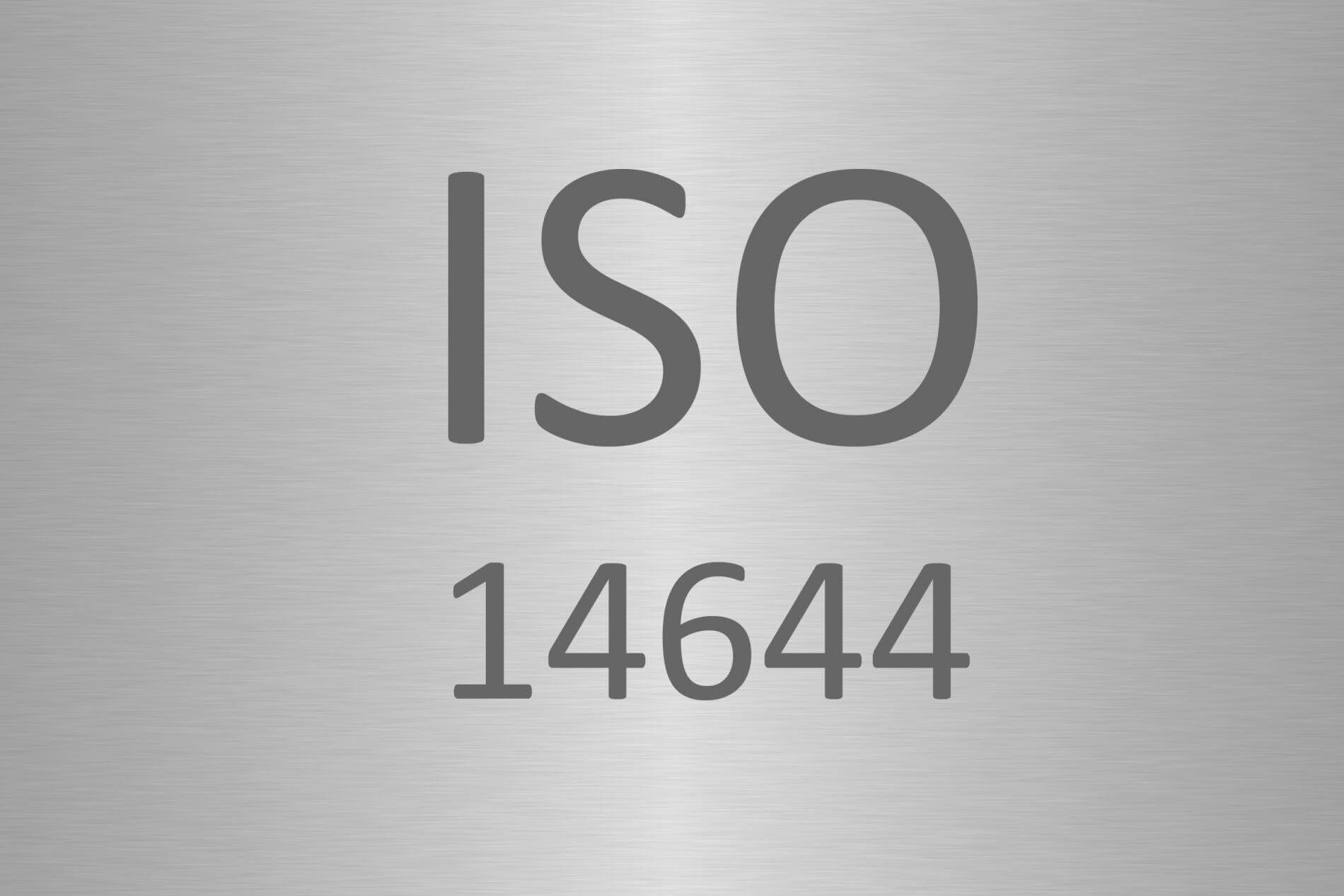
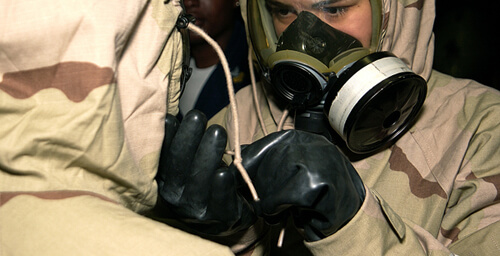
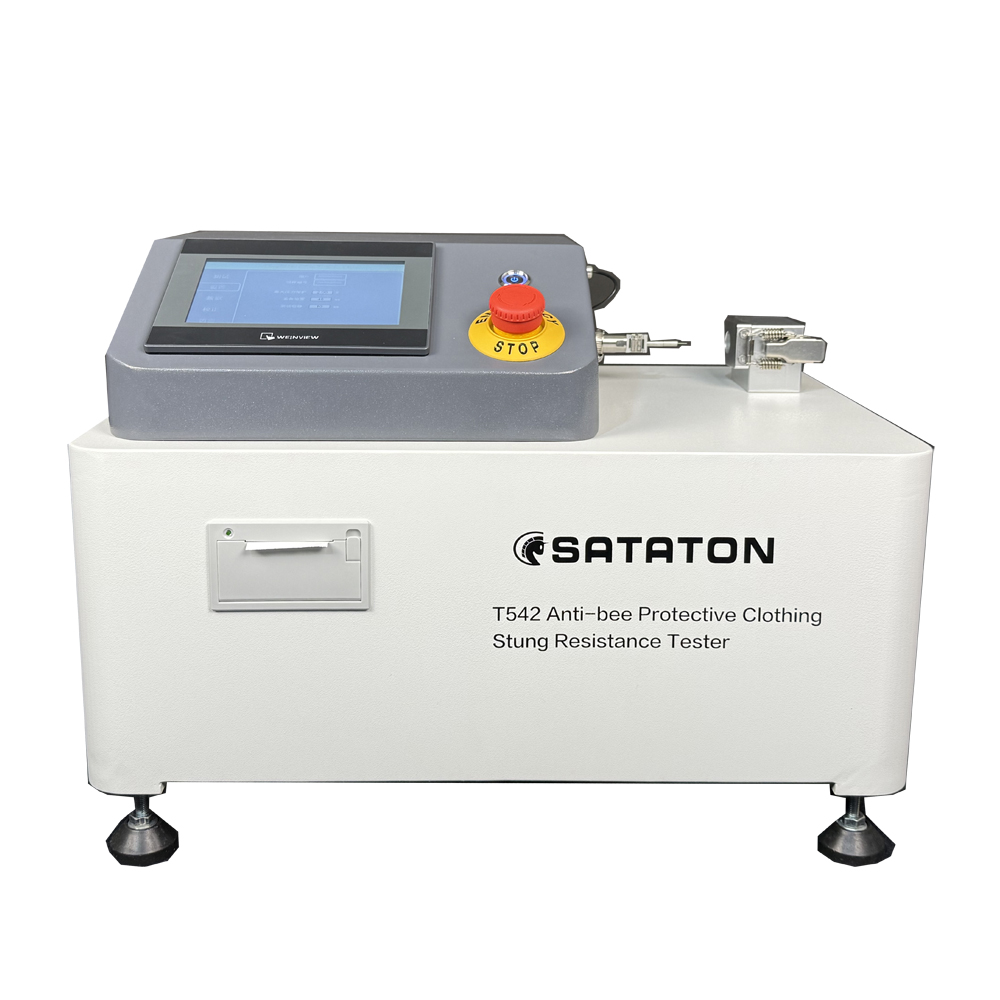
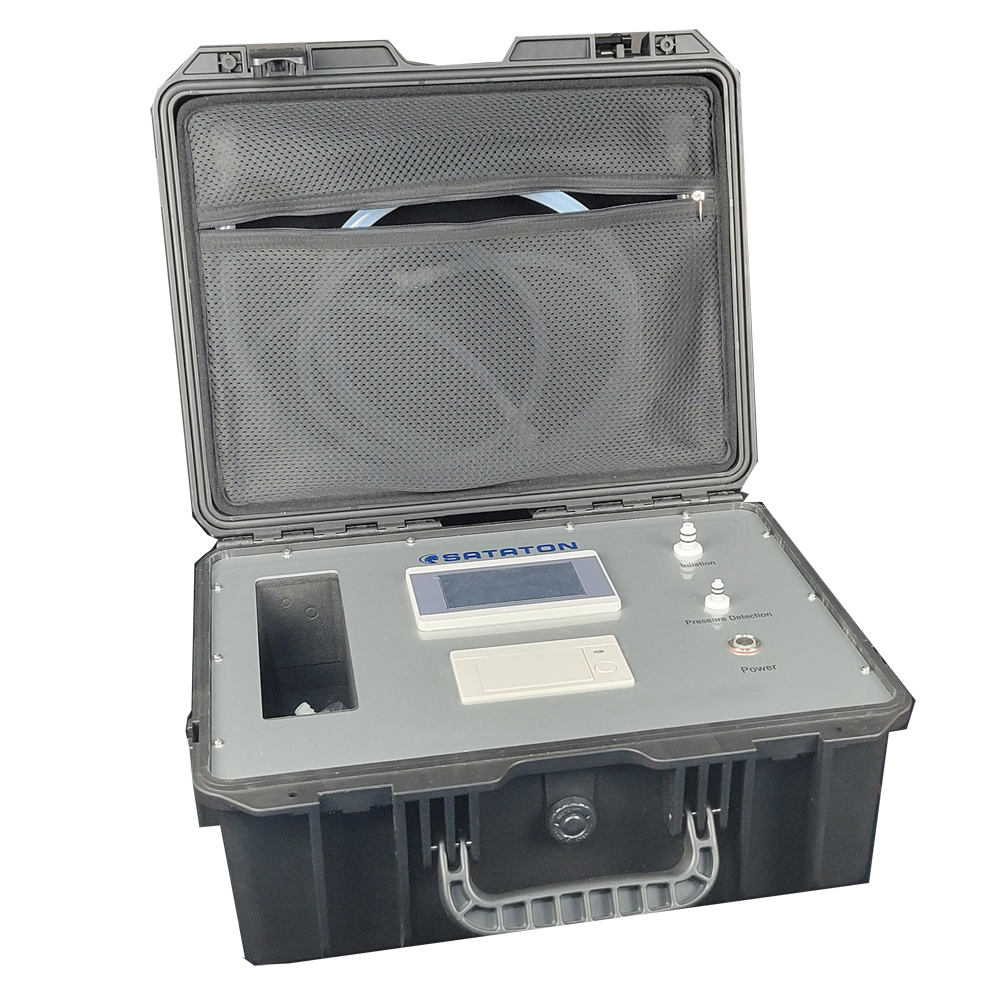


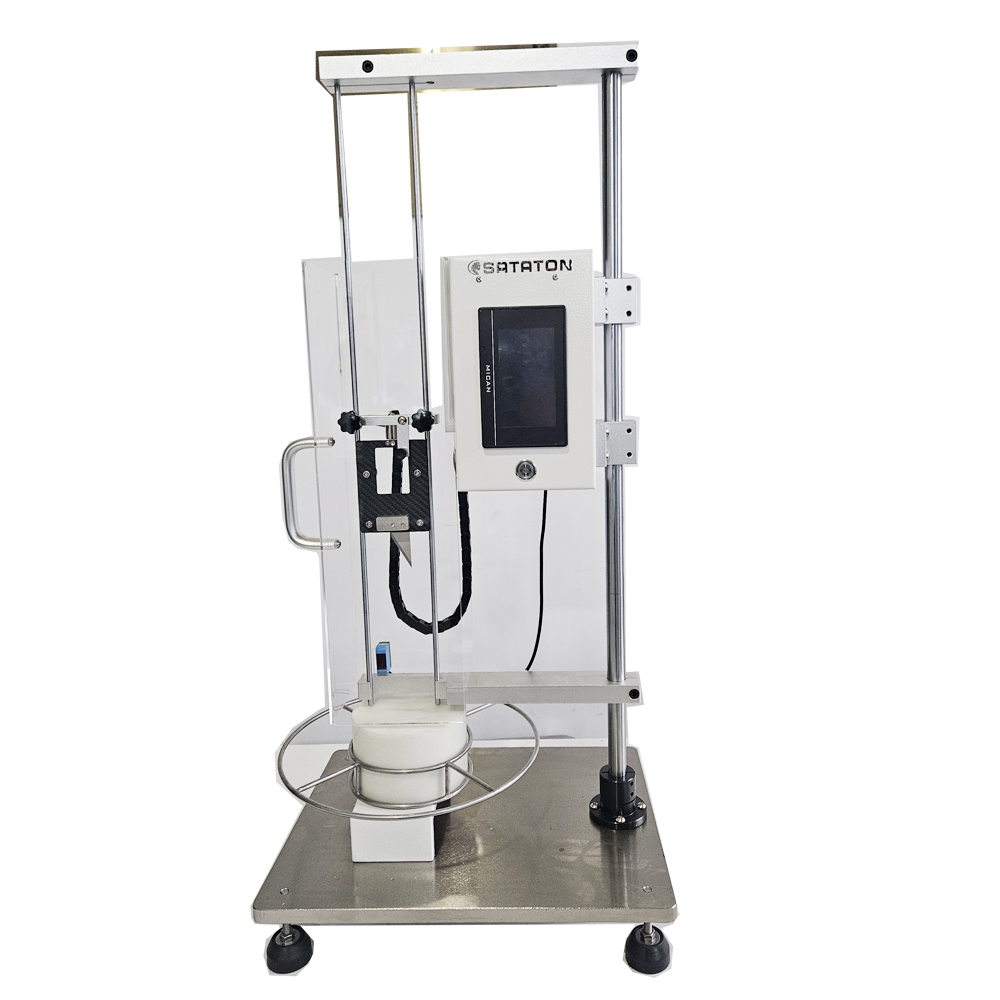
1 reviews for Differences of Smoke Density Test between ISO 5659 and ASTM E662
Really Intresting! I’m starting to improve this area. Thank you!